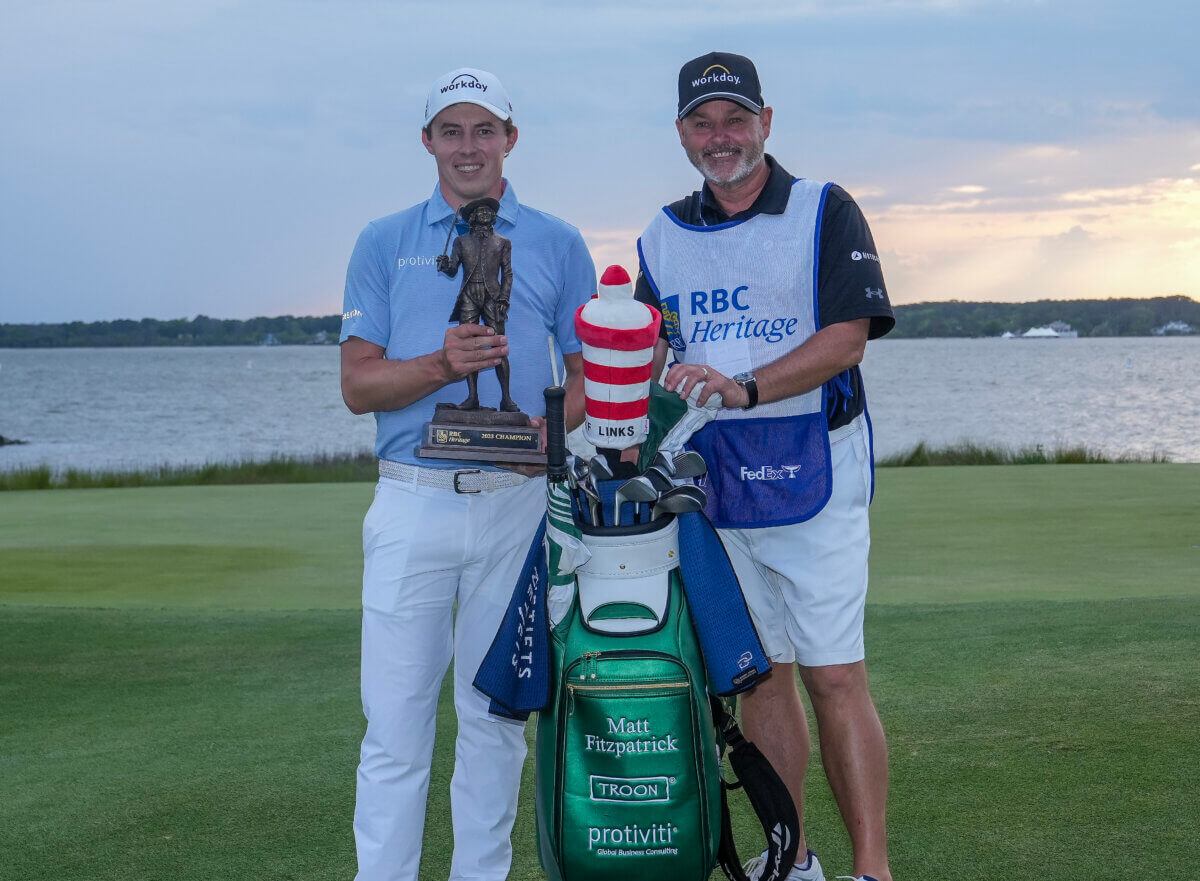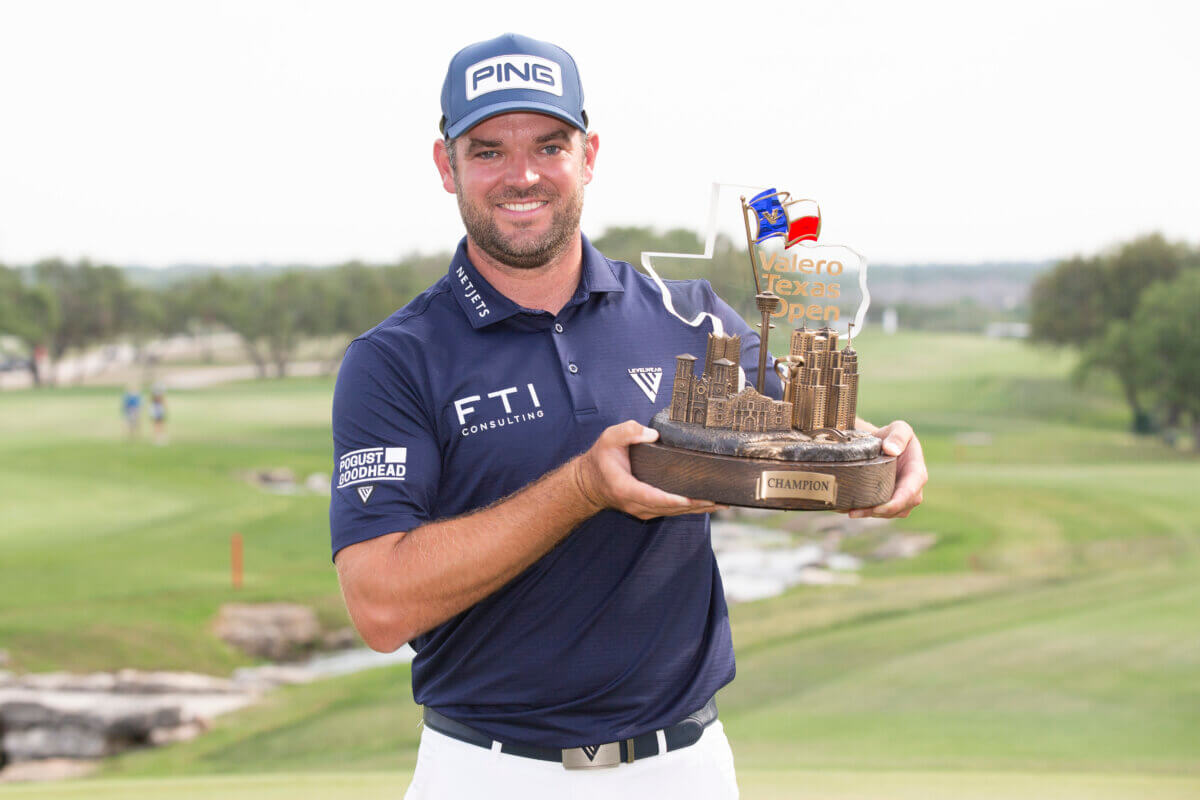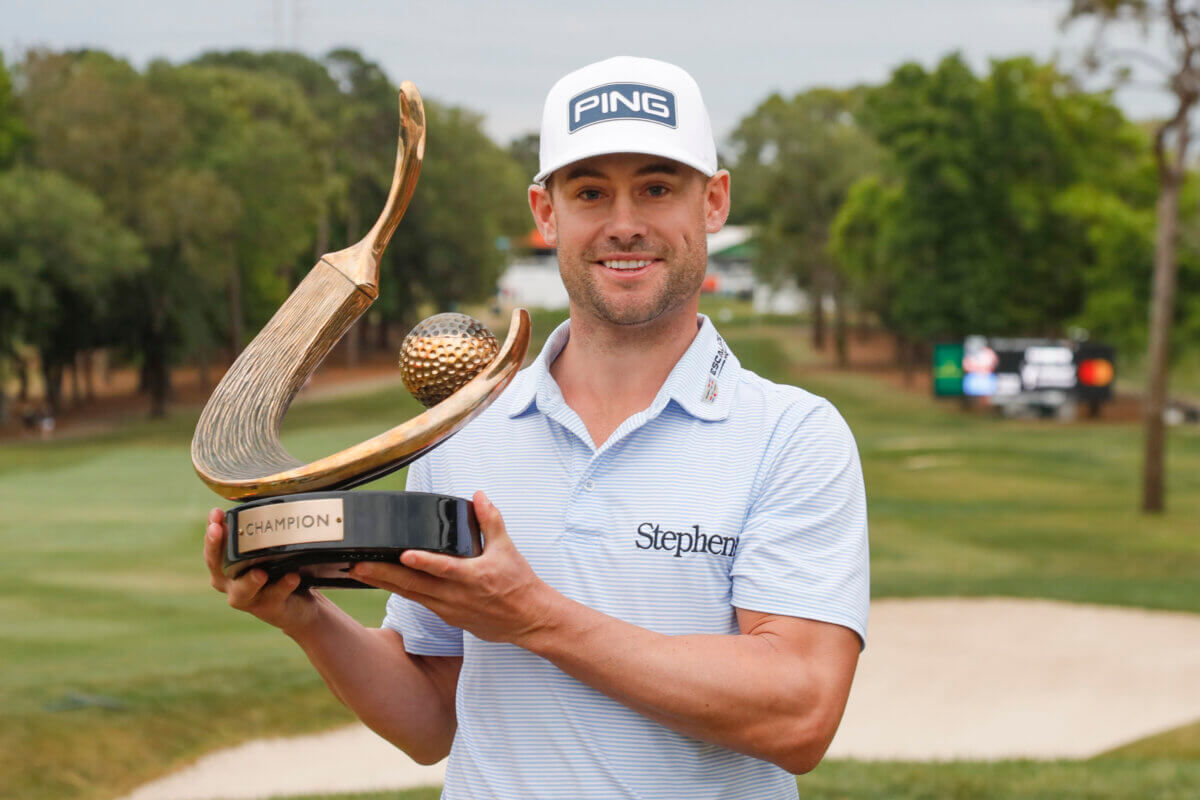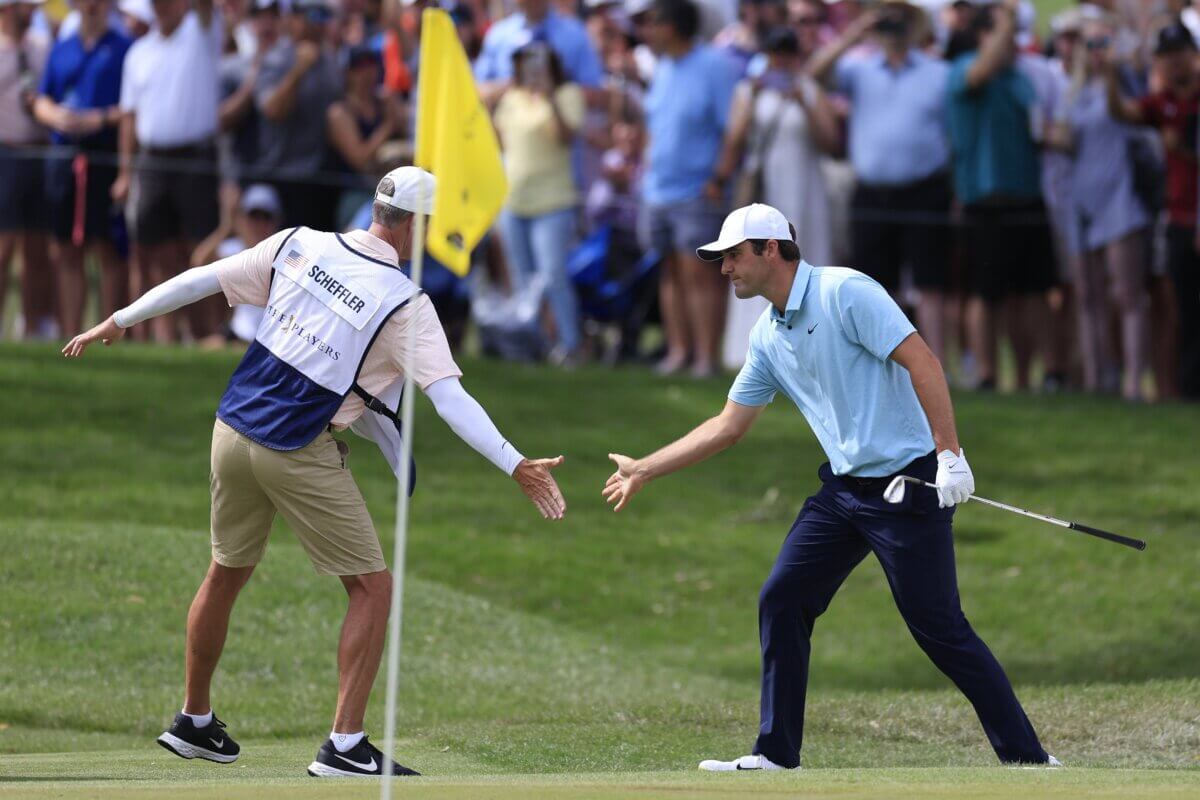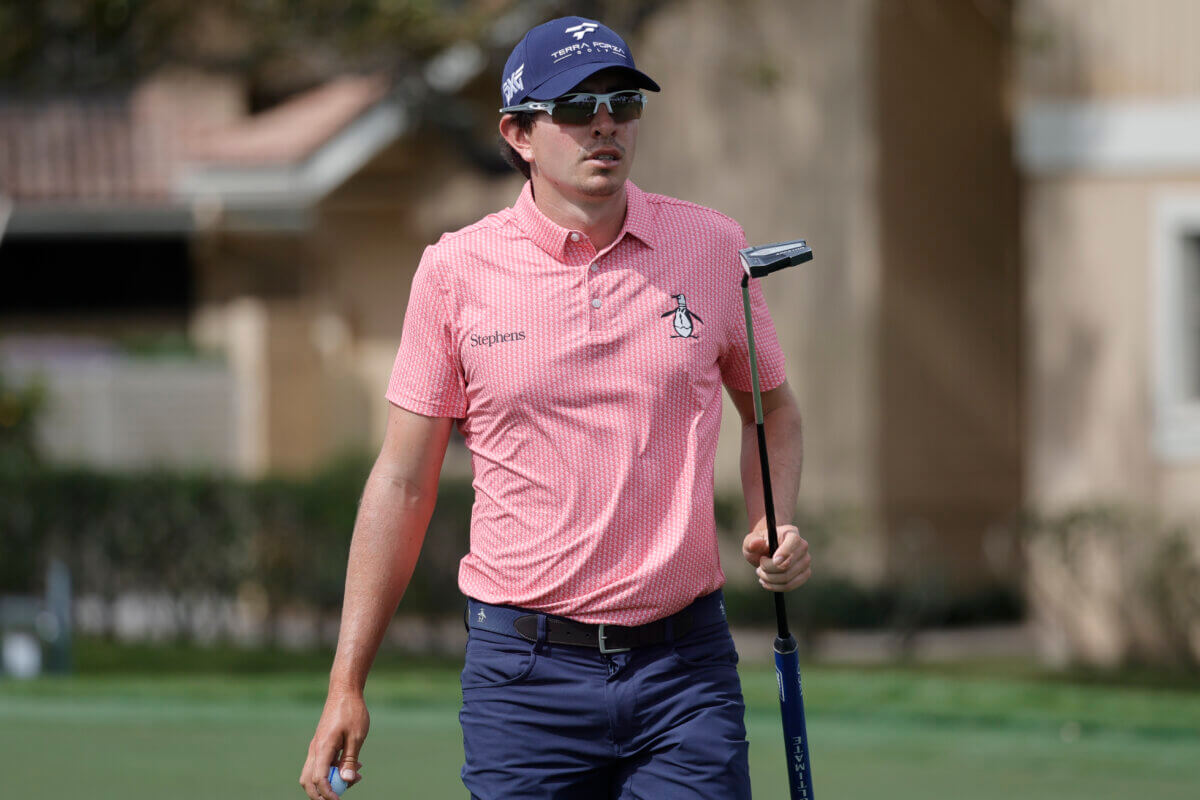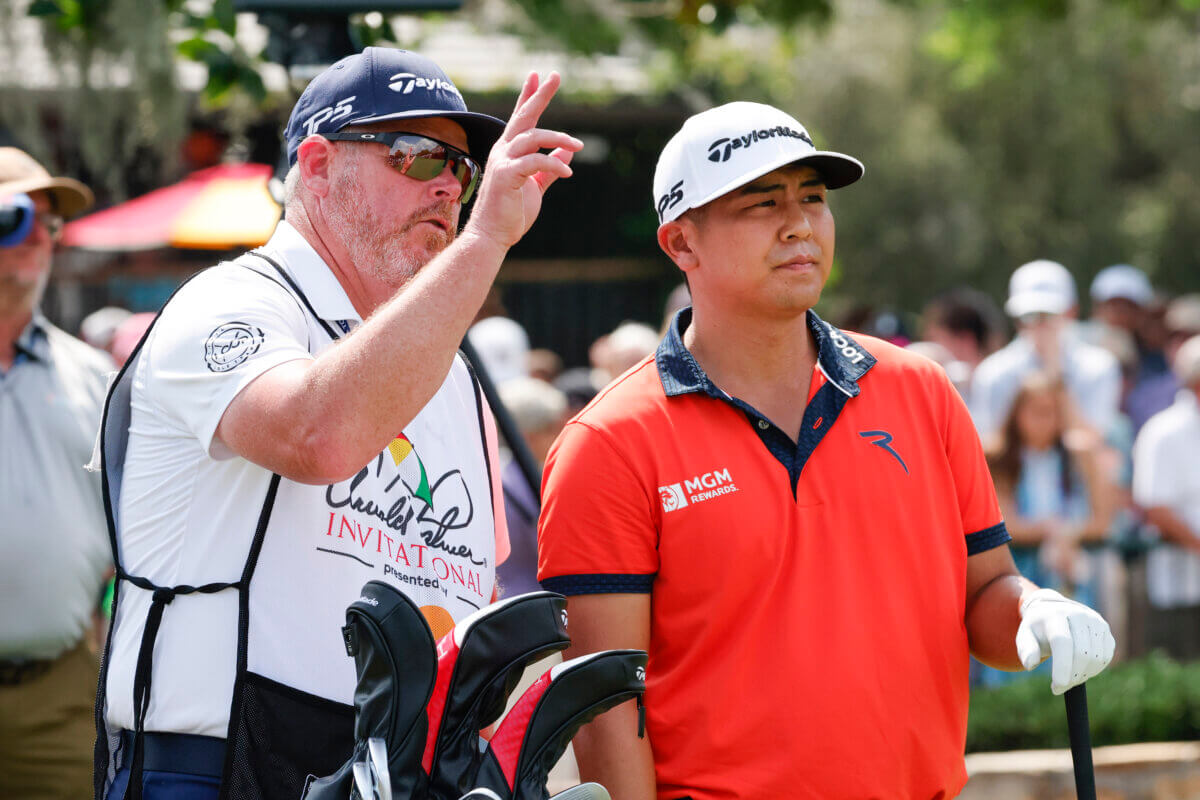Hawk’s Eye: Phil Mickelson, grandson of an original Pebble Beach caddie, could provide ultimate story at U.S. Open
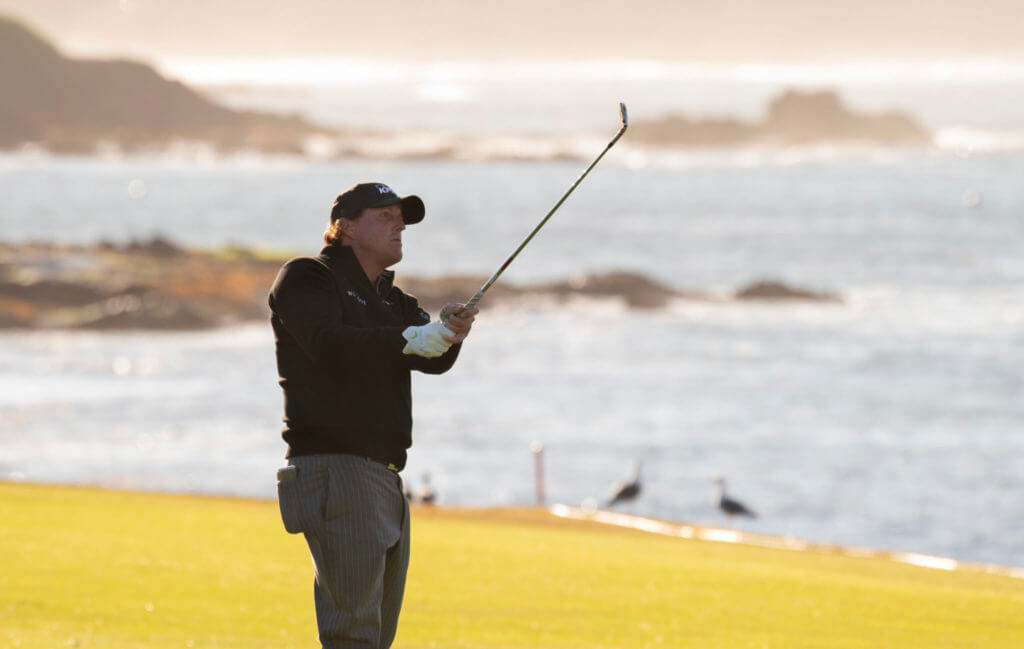
If Tiger Woods’ Masters triumph ended any debate as to golf’s biggest story in 2019, a Phil Mickelson victory at the U.S. Open would certainly unlock the ballot box. Few players have toted more personal storylines into a major championship than Mickelson takes to Pebble Beach.
A career Grand Slam, the six runner-up finishes, his 49th birthday, the oldest man ever to win a major and his sixth such title overall…. Amid all the historic hypotheticals and career milestones, Mickelson’s late grandfather, Al Santos, caddied at Pebble Beach when the course opened in 1919, which just so happens to be exactly 100 years ago.
One might sense a certain karma in regard to Mickelson’s chances this week. Having appeared on very few leaderboards since winning the WGC-Mexico Championship in March 2018, a stretch which included him striking a moving ball at last year’s U.S. Open and his dismal performance at the Ryder Cup, Lefty suddenly leapt out of his lethargy four months ago and won the AT&T Pebble Beach National Pro-Am for a fifth time.
RELATED: Phil Mickelson uses special ball marker from an original Pebble Beach caddie… his grandfather
So it all adds up. An aging superstar born in California can apply another coat of luster to his legacy by claiming the one tournament that has proven so elusive, on sacred ground, no less, on earth his maternal granddaddy once trod. You would need a master of fiction to come up with even half that script, and that’s before you contemplate Mickelson’s 30-to-1 odds.
That hardly makes him a longshot, but he’s not a favorite, either.
At least, not in Las Vegas.
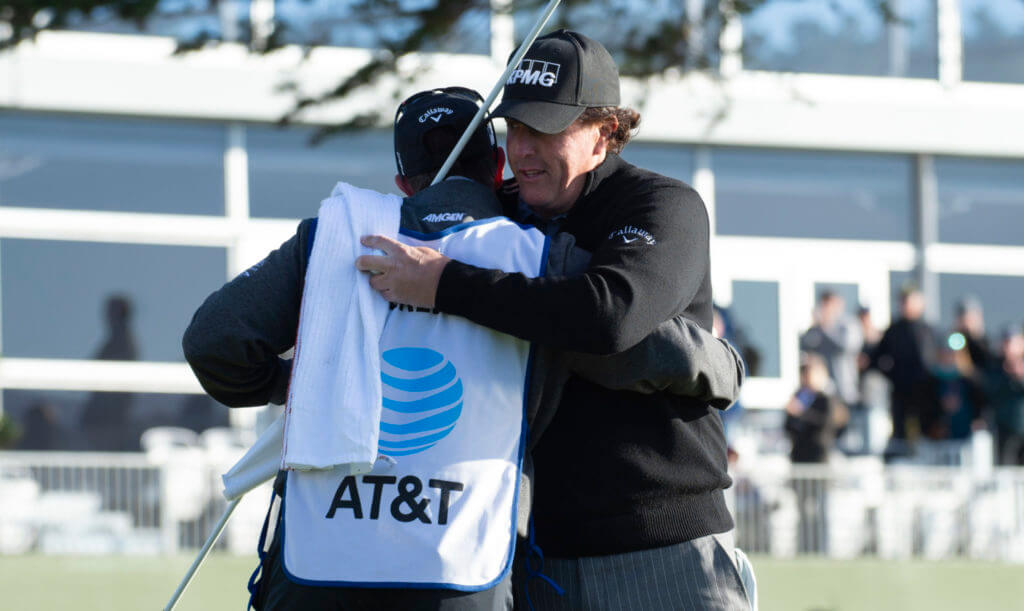
Woods obviously is more famous, but you could engage in a fairly lively discussion over who’s more popular. Mickelson’s fan base is dwarfed by that of his longtime rival/nemesis, primarily because Woods appeals to a much greater degree with the non-golf mainstream, although Philly Mick’s following is every bit as passionate and vociferous, and I’ve got the emails to prove it.
After writing a story late last year that Mickelson was nearing the end of the line, perhaps a dozen dissenting opinions found their way to my inbox. A couple of them made worthy points, others were just childish, but none of them struck on the one facet of Lefty’s career that remains most relevant: he has emerged from competitive hibernation several times since making his debut as a professional golfer at Pebble Beach in 1992.
When Mickelson bounces back, he does it like a lacrosse ball. It happens very quickly, and if you’re not paying attention, it can leave a mark. After a winless 2003, which ended with him going 0-5 at the Presidents Cup, Mickelson bore down like never before during the offseason, sharpening every element of his game to such precision that he won the Bob Hope Chrysler Classic in his first start of ’04.
MORE: 10 reasons why you should absolutely take a caddie | Unwritten rules of caddying
Three months later, a decade of major frustration and course-management tomfoolery ended with his dazzling triumph at the Masters, punctuated by a final-nine 31 that remains one of the best closing performances of golf’s modern era. Upon holing an 18-footer for birdie on the 18th green to beat Ernie Els by a stroke, Mickelson’s famous leap for joy barely got him off the ground. It was as if that monkey was still clinging to his back.
It wasn’t. Lefty would win the 2005 PGA and the ’06 Masters, then do it again in 2010. And if any finishing kick compares to the charge at Augusta National in ’04, it was by Mickelson himself at the 2013 British Open — the one prize he honestly believed he’d never add to his portfolio. Stuck in a tie for ninth at the start of play Sunday, five strokes off the lead, Lefty’s staggering round of 66 not only yielded the Claret Jug, but a winning margin of three.
So there’s a relevant precedent to everything Mickelson faces this week. His six seconds at the U.S. Open are, as one might figure, a mixed bag of opportunities lost and opponents who were just better. Payne Stewart outplayed him in 1999. He never seriously threatened Woods in 2002, but from there, Philly Mick can only blame himself.
He three-putted from five feet on the 71st hole in 2004, ending any chance he had of catching Retief Goosen. Two years later, he made one of the worst pressure swings of his life on the 18th tee, blowing his drive way left into a concession area. Mickelson took a poor risk on his recovery attempt, hit a tree and wound up with a double bogey, one shot behind Geoff Ogilvy.
The runner-up finishes in 2009 and 2013 lacked such adventure; America’s favorite glutton for punishment simply squandered numerous late scoring chances. Mickelson’s putter betrayed him when he needed it most, leaving us with a guy who has come oh-so close and can only stare at a humidor of unlit cigars.
If the golf gods can summon up an ounce of compassion, if fate can testify as a reliable witness, if the moon and stars can dig deep into their box of miracles and the big lefthander can keep it in the fairway, you never know. Mickelson was very close to his grandfather, an old-school war horse who died in 2004 at the age of 97, a man whose life was vividly detailed by Michael Bamberger in a recent story on Golf.com.
They were so close, in fact, that Phil still marks his ball with a silver dollar Al gave him many years ago. More than just a memoir, the coin serves as a poignant metaphor for what a man has rightfully earned, what he can be thankful for, and what he can still achieve. In at least one of those three departments, there’s a grandkid out there with some work to do.
All views expressed in this column are those of John Hawkins and do not necessarily reflect those of the Caddie Network.

